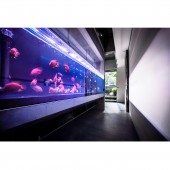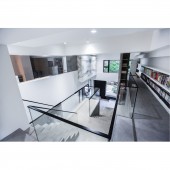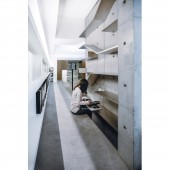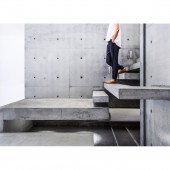
| THE AWARD |
| CATEGORIES |
| REGISTRATION |
| SUBMIT YOUR WORK |
| ENTRY INSTRUCTIONS |
| TERMS & CONDITIONS |
| PUBLICATIONS |
| DATES & FEES |
| METHODOLOGY |
| CONTACT |
| WINNERS |
| PRESS ROOM |
| GET INVOLVED |
| DESIGN PRIZE |
| DESIGN STORE |
| THE AWARD | JURY | CATEGORIES | REGISTRATION | PRESS | WINNERS | PUBLICATIONS | ENTRY INSTRUCTIONS |
Irene Office by Ying Lin |
Home > Winners > Design #80097 >Interview |
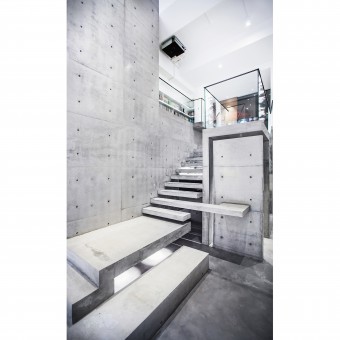 |
|
FS: What is the main principle, idea and inspiration behind your design?
YL: “Irene is the city visible when you lean out from the edge of the plateau at the hour when the lights come on”. (Invisible Cities, 1972, Italo Calvino). The novel describes Irene as a virtual reality city where one can speak of Irene as it is seen from within. But one cannot do this: he/she has not succeeded in discovering which is the city that those of the plateau call Irene.
FS: What has been your main focus in designing this work? Especially what did you want to achieve?
YL: Focusing on establishing and achieving the transition from virtual reality to actual reality by using the concept of a vertical microcity.
FS: What are your future plans for this award winning design?
YL: To use it as an inter-medium tool to reach out and communicate with people.
FS: How long did it take you to design this particular concept?
YL: It took me about six months design this particular concept
FS: Why did you design this particular concept? Was this design commissioned or did you decide to pursuit an inspiration?
YL: It was an inspiration from the height of the space, and the main stair case located in the middle of the space. We decided to pursuit an inspiration.
FS: Is your design being produced or used by another company, or do you plan to sell or lease the production rights or do you intent to produce your work yourself?
YL: The design has been produce by ourselves.
FS: What made you design this particular type of work?
YL: The usages of space as an medium of interactions towards people.
FS: Where there any other designs and/or designers that helped the influence the design of your work?
YL: Yes
FS: Who is the target customer for his design?
YL: The coworkers/ employee of the company
FS: What sets this design apart from other similar or resembling concepts?
YL: The various height usages established in the space. For example: a height of 45cm representing the height for chairs, and the height of 75cm relates to the height of tables, and etc.
FS: How did you come up with the name for this design? What does it mean?
YL: “Irene is the city visible when you lean out from the edge of the plateau at the hour when the lights come on”. (Invisible Cities, 1972, Italo Calvino). It means a virtual reality city where one can speak of Irene as it is seen from within.
FS: Which design tools did you use when you were working on this project?
YL: Several design tools were being used in this project, such as: Adobe AutoCAD, Photoshop, 3D Sketchup and etc.
FS: What is the most unique aspect of your design?
YL: The cement grouting stair case without seeing the structure beneath it. So it looks like floating stair case. And with the six foot long fish tank underneath the stair case, representing the rivers flowing in the jungle.
FS: Who did you collaborate with for this design? Did you work with people with technical / specialized skills?
YL: Structural engineer.
FS: What is the role of technology in this particular design?
YL: It helped us finding the methods of making the cement grouting stair case looked like its floating above the ground. Using technical methods to hide the stairs structure so that people don’t see it.
FS: Is your design influenced by data or analytical research in any way? What kind of research did you conduct for making this design?
YL: No
FS: What are some of the challenges you faced during the design/realization of your concept?
YL: The cement grouting stair case
FS: How did you decide to submit your design to an international design competition?
YL: This design is like a poem describing the interactions of vertical and horizontal relationships and communications between people.
FS: What did you learn or how did you improve yourself during the designing of this work?
YL: I learned about the cement grouting stair case from the structural engineers.
FS: Any other things you would like to cover that have not been covered in these questions?
YL: NO
FS: Thank you for providing us with this opportunity to interview you.
A' Design Award and Competitions grants rights to press members and bloggers to use parts of this interview. This interview is provided as it is; DesignPRWire and A' Design Award and Competitions cannot be held responsible for the answers given by participating designers.
| SOCIAL |
| + Add to Likes / Favorites | Send to My Email | Comment | View Press-Release |
